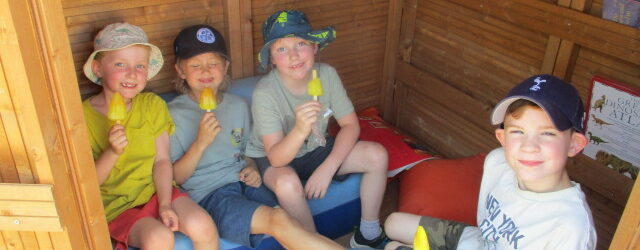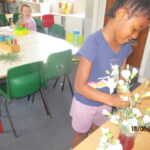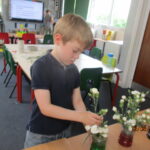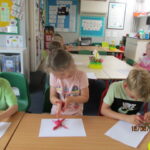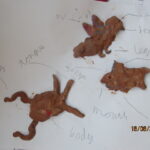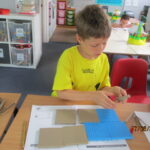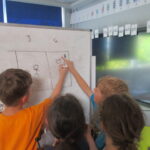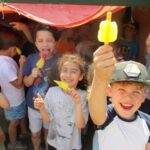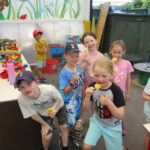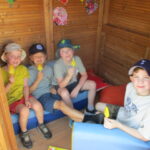It has been a busy and exciting week in Beech Class, filled with hands-on learning, creative exploration, and new discoveries.
In science, the Year 2 children have been learning about animals and how their bodies are suited to their environments. They used clay to create models of different animals, paying attention to features such as wings, fins, legs, and tails. The children then carefully labelled their models, identifying the body parts and discussing how these structures help the animals to move, eat, and survive. This activity helped the children understand the concept of adaptation and the variety of life forms in the animal kingdom.
Meanwhile, the Year 1 children have been carrying out an experiment to investigate how water is transported in plants. They placed white carnations in containers of coloured water and observed the changes over time. The children were amazed to see the petals gradually change colour as the dyed water moved up the stems. This helped them to understand the process of water transportation in plants and introduced them to scientific observation and recording results.
In English, the Year 1 children have been exploring postcards. They looked at examples from different places and talked about who might send or receive them. The children then wrote their own postcards, focusing on using complete sentences, punctuation, and describing a setting. They enjoyed imagining being on holiday and sharing their experiences through writing.
The Year 2 children have been reading The Green Ship by Quentin Blake. They explored the setting and discussed how it changes throughout the story, as well as looking closely at the characters and the adventures they go on. The children sequenced the plot and began to think about the themes of imagination, friendship, and exploration. They also used descriptive language to write about the ship and the magical garden in which it is hidden.
In maths, both Year 1 and Year 2 children have been working on place value. They have been representing numbers using objects, pictures, and numerals, and have practised counting forwards and backwards, comparing numbers, and finding more and less. The children are becoming more confident in recognising how numbers are made up of hundreds, tens and ones, and are beginning to use this understanding to solve problems.
Over the last couple of weeks, Years 1 and 2 have been exploring the sounds of the seaside in music. We started by listening to beach soundscapes—waves, seagulls, pebbles, and more—and created artwork to show how these sounds made us feel. The children then experimented with recreating these sounds using percussion. Now, they’ve started recording their ideas in four-bar compositions using graphic notation—symbols and pictures to represent sounds.

